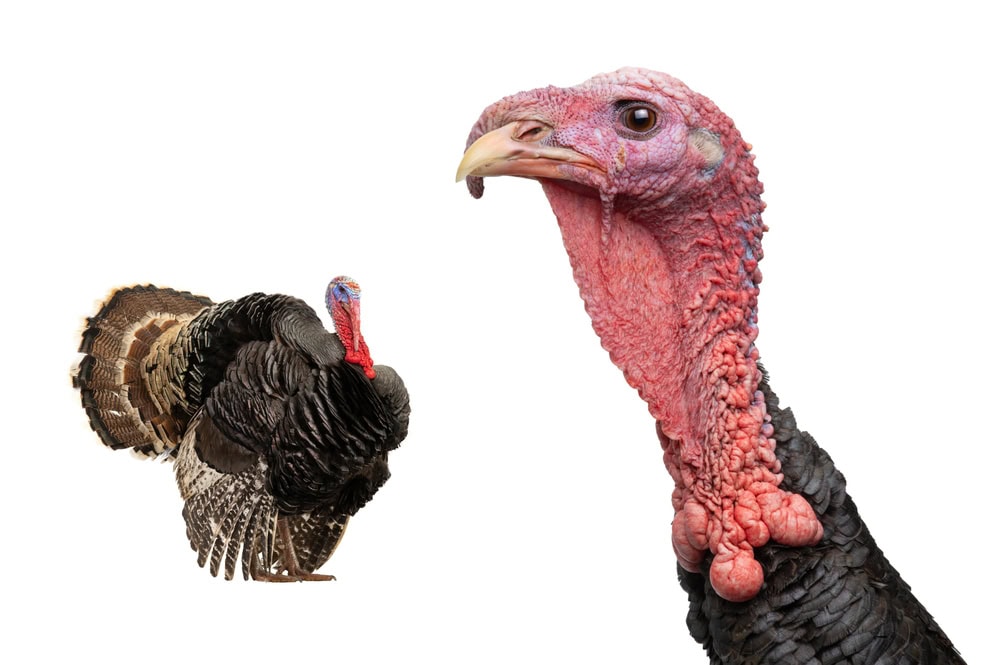
Welcome to a journey through the fascinating world of turkeys, beyond their iconic role on the Thanksgiving dinner table. These birds boast a rich and unusual blend of traits that may astonish even those familiar with the traditional holiday centerpiece. Let’s dive into the lesser-known facts about our feathered friends.
The Uncommon Anatomy of the Turkey
The beard of a turkey is not merely for show. It serves as a testament to their unique anatomical features. Most male turkeys, and some females, exhibit meso filoplumes, which are specialized feathers akin to bristles that emerge from their chests. Lengthy enough to graze the ground in some cases, these beards may wear down due to feeding behaviors but represent a distinctive aspect of turkey biology.
Gobblers have been observed boasting multiple beards; an uncommon feat, but indicative of the intriguing complexity of this species. While the function of these filoplumes remains a subject for scientific exploration, they could potentially offer sensory data critical for adjusting contour feathers.
Echoes of Dinosaurs
A turkey’s wishbone, or furcula, is an evolutionary marvel linking them to their prehistoric ancestors like T-rexes and velociraptors. This bone serves a substantial role during flight, storing and releasing energy much like an avian spring.

Though domestic turkeys’ flight is limited due to breeding for mass and meat yield, these bones remind us of their lineage and capabilities in the wild.
Arboreal Slumber and Vocalization
Defying assumptions tied to their size, turkeys surprisingly prefer tree branches for their nightly rest, which is a defense against several predators. They roost among flocks, ensuring safety through numbers and communal alertness upon the break of dawn.
Additionally, gender plays a role in turkey vocal communication. Male turkeys or gobblers produce the classic gobble utilized in mating displays, while hens opt for clucks and chirps.
Perceptive Predators With Peculiar Palettes
A turkey’s vision surpasses human capacities with periscopic abilities afforded by their laterally placed eyes. This attribute offers them an extensive field of vision crucial for evading danger.

In an emotional display rarely associated with birds, turkeys can exhibit a “blushing” phenomenon under stress or excitement. This color change in their head and neck areas is another facet of their nuanced behavior and physiological responses.
Digestive Prowess With a Twist
Ingesting stones may seem an odd strategy, but for turkeys, it serves a vital role in digestion. The gizzard houses gastroliths that are key in grinding down food before passing it either into the intestine or back into the glandular stomach for further processing.
There is much to admire about the turkey. With anatomical features reminiscent of dinosaur lineage, staggering adaptability in roosting habits, sophisticated communication abilities, remarkable vision, and unusual digestive practices, turkeys deserve to be known for more than being on a dinner plate once a year.